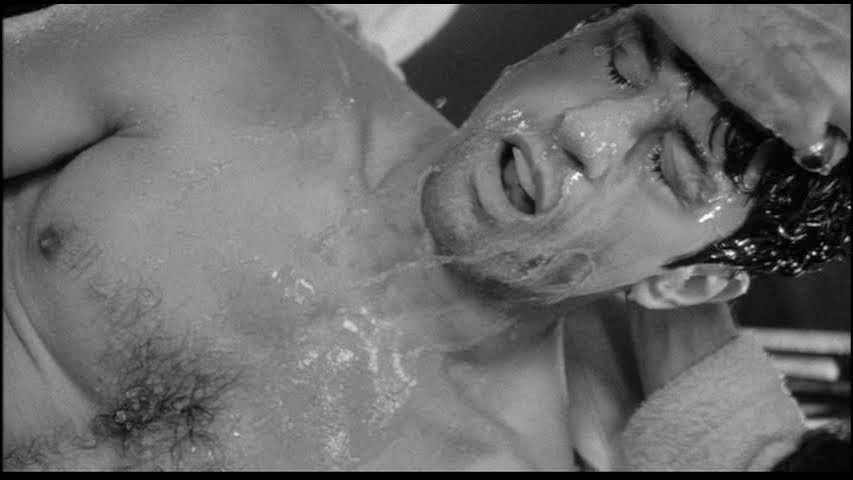Country: United States
Music by: Thomas Newman
Release dates: September 23,1994 (limited)
October 14,1994( North America)
Budget: $ 25 million
Box office: $28,341,469
Duration: 142 minutes
Language: English
Directed by:
Produced by: Niki Marvin
Based on :Rita Hayworth and Shawshank Redemption by Stephen King
Starring: Tim Robbins
Morgan Freeman
Cinematography: Roger Deagins
Editing by: Richard Francis-BruceDirected by:
Produced by: Niki Marvin
Based on :Rita Hayworth and Shawshank Redemption by Stephen King
Starring: Tim Robbins
Morgan Freeman
Cinematography: Roger Deagins
Music by: Thomas Newman
Release dates: September 23,1994 (limited)
October 14,1994( North America)
Budget: $ 25 million
Box office: $28,341,469
Duration: 142 minutes
The Shawshank Redemption tells the story of Andy Dufresne, a banker who spends 19 years in Shawshank State Prison for the murder of his wife and her lover despite his claims of innocence. During his time at the prison, he befriends a fellow inmate, Ellis Boyd "Red" Redding, and finds himself protected by the guards after the warden begins using him in his money laundering operation.
This movie is about hope and freedom. Freedom is important because it has been taken away from the prisoners who spend whole life in the prison, suffering beatings from the cruel wardens and having a hard time. It is significant that they are still able to feel free, when being trapped behind bars at the same time. Hope is needed to survive, according to Andy " Hope is a good thing, maybe the best of things, and good thing never dies".
The Mozart Opera scene
"It was as if a beautiful bird flapped into our drab little cage and made those walls dissolve away, and for the briefest moments everyman at Shawshank felt free." explained by Red. The music echoing in Shawshank evokes the awareness of pursuing better life among the prisoners who will be jailed for the rest of their life. It is very touching when everyone stop their work and conversation, without moving, listening to the music sang by two Italian women, even none of them can understand the meaning of the music, they still enjoy it. That's the magic of music, and also the magic of hope.
As Red narrating:
"I have no idea to this day what those two Italian ladies were singing about. Truth is, I don't want to know. Some things are best left unsaid. I'd like to think they were singing about something so beautiful, it can't be expressed in words, and makes your heart ache because of it. I tell you, those voices soared higher and farther than anybody in a gray place dares to dream. It was like some beautiful bird flapped into our drab little cage and made those walls dissolve away, and for the briefest of moments, every last man in Shawshank felt free."
Cinematography
It starts when Andy is choosing the disk from a box full of disks. The camera tilts from the box full of disks to Andy, selective focus and medium close up shot shows the importance of the main character. Then he chose a disk and put it on a phonograph, the shot is close up, and selective focus. After that, the camera focus on the key when Andy comes and use the key to lock the doors to ensure no one can come in.
Then the camera follows the string and focus the loudspeaker( selective focus), when Andy turns on the buttons and broadcast the music to the whole shawshank through the loudspeaker system.
http://www.youtube.com/watch?v=Bjqmg_7J53s
The trailer available here
http://www.youtube.com/watch?v=6hB3S9bIaco
http://www.youtube.com/watch?v=6hB3S9bIaco



















